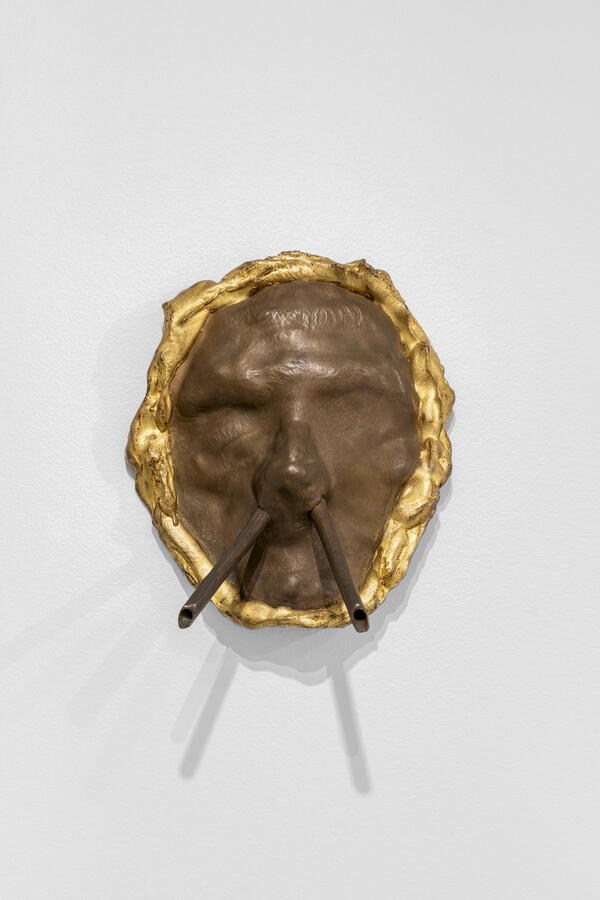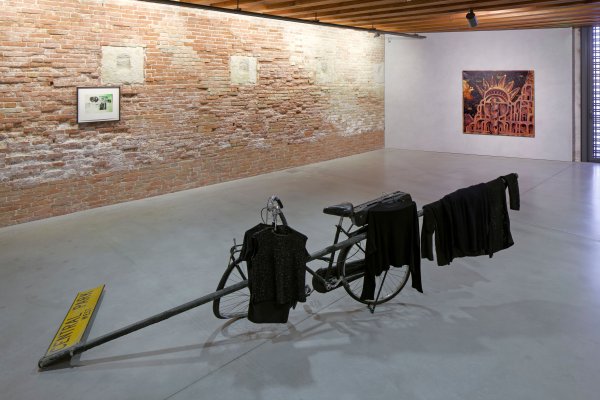Luciano
Fabro
Luciano
Fabro
Fabro
Italian, 1936 — 2007
A major figure in Arte Povera, a group with which he has been associated from the outset, Luciano Fabro has actively contributed to redefining the boundaries of the painting, which he sees as a concrete space.
After training as a painter, he discovered Lucio Fontana's spatialist movement at the 1958 Venice Biennale. Based on the concepts of time and space, his work led him to abandon painting in favour of creating physical objects integrated into a real, tangible space. In 1963, Fabro wrote La mia certezza: il mio senso per la mia azione (pseudo-Bacone), a manifesto in which he presented the reasons for his interest in perception, the existence of an external reality intrinsically linked to an internal reality, while defending the idea that works of art are tools for understanding the world.
Fabro's work was first presented in the Pinault Collection in 2006 at the "Where Are We Going? exhibition at the Palazzo Grassi in Venice.
After training as a painter, he discovered Lucio Fontana's spatialist movement at the 1958 Venice Biennale. Based on the concepts of time and space, his work led him to abandon painting in favour of creating physical objects integrated into a real, tangible space. In 1963, Fabro wrote La mia certezza: il mio senso per la mia azione (pseudo-Bacone), a manifesto in which he presented the reasons for his interest in perception, the existence of an external reality intrinsically linked to an internal reality, while defending the idea that works of art are tools for understanding the world.
Fabro's work was first presented in the Pinault Collection in 2006 at the "Where Are We Going? exhibition at the Palazzo Grassi in Venice.


